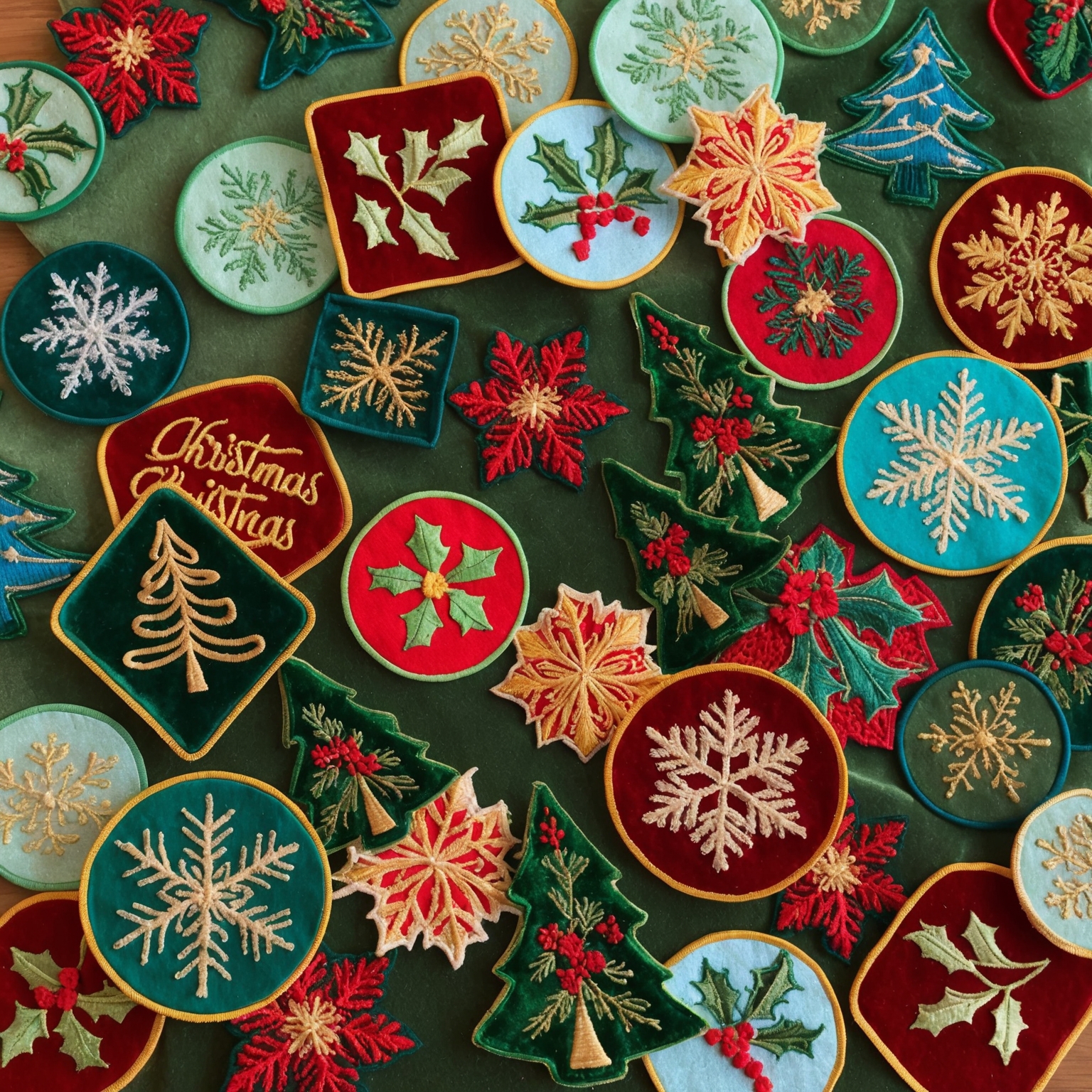Imagine cruising down the open road, the wind in your hair, and the roar of a motorcycle beneath you. A group of bikers passes by, each adorned with intricate patches that catch your eye. These patches are more than just decorations; they tell stories of loyalty, rebellion, and camaraderie. But how did these iconic symbols come to be? Let’s take a ride through history and explore the fascinating evolution of biker patches over the decades.
Biker patches are more than just pieces of embroidered fabric; they are powerful symbols of identity, allegiance, and heritage within the motorcycle community. From their humble beginnings to their prominent status today, biker patches have undergone significant transformations. This article delves into the rich history of biker patches, addressing common misconceptions, exploring their cultural significance, and highlighting key milestones in their evolution.
The Birth of Biker Patches
The origins of biker patches can be traced back to the early 20th century when motorcycle clubs began to form. These clubs were initially created by World War II veterans seeking the camaraderie they experienced during the war. The first biker patches were simple, often handmade, and displayed the club’s name and emblem.
The 1940s and 1950s:
During the 1940s and 1950s, biker culture began to take shape, influenced by returning veterans who sought the thrill and freedom of the open road. The patches from this era were primarily one-piece designs, featuring the club’s name and insignia. These early patches served as a form of identification and a way to foster unity among club members.
The Rise of the Outlaw Clubs
The 1960s: Rebellion and Identity
The 1960s marked a significant turning point in the evolution of biker patches. This era saw the rise of outlaw motorcycle clubs, such as the Hells Angels, which popularized the three-piece patch design. The top rocker displayed the club name, the center patch featured the club emblem, and the bottom rocker indicated the chapter or territory. The term “1%er” also emerged during this period, symbolizing the outlaw lifestyle embraced by these clubs.
The Meaning Behind the Design:
The three-piece patch design quickly became a standard within the biker community. The top and bottom rockers, along with the center patch, created a distinct and recognizable look that signified the wearer’s allegiance to a particular club and their commitment to its values and lifestyle.
The 1970s and 1980s: Cultural Impact and Media Influence
Hollywood’s Influence:
The 1970s and 1980s saw an increased portrayal of biker culture in movies and television shows. Films like “Easy Rider” and TV series such as “Then Came Bronson” brought biker culture into the mainstream, and biker patches became widely recognized symbols of rebellion and freedom. This era also saw the diversification of patch designs, with clubs incorporating more intricate and personalized elements.
Expansion and Diversification:
During this time, biker patches began to reflect the individuality of the clubs and their members. Custom patches featuring unique designs, colors, and symbols became more common, allowing bikers to express their personal style and affiliations. The rise of independent and smaller motorcycle clubs also contributed to the diversity of patch designs.
The 1990s and 2000s: Modernization and Global Influence
Technological Advancements:
The 1990s and 2000s brought technological advancements in embroidery, allowing for more detailed and durable patch designs. This period also saw the globalization of biker culture, with motorcycle clubs spreading worldwide and patches becoming a universal symbol of the biker identity.
Preserving Tradition While Embracing Change:
Despite technological advancements, many clubs remained committed to preserving the traditional aspects of their patches. Hand-embroidered patches and classic designs continued to hold significant value. At the same time, new clubs and members embraced innovative designs and materials, reflecting the evolving nature of the biker community.
The Cultural Significance of Biker Patches
Symbols of Brotherhood and Loyalty:
Biker patches symbolize more than just club membership; they represent a deep sense of brotherhood, loyalty, and identity. Wearing a patch signifies a commitment to the club’s values and a bond with fellow members. The rituals and traditions associated with earning and wearing patches reinforce the sense of belonging and honor within the biker community.
Misconceptions and Media Portrayal:
Biker patches have often been misunderstood and misrepresented in media. While some patches do signify an outlaw lifestyle, many are simply emblems of fellowship and a passion for riding. It’s essential to recognize the diversity within the biker community and understand that patches can represent a wide range of values and identities.
The Future of Biker Patches
Innovation and Tradition:
As technology continues to evolve, so too will the design and production of biker patches. Digital embroidery techniques and new materials will enable even more creative and intricate designs. However, the tradition of earning and wearing patches will remain a cornerstone of biker culture.
Will we see the integration of smart technology into biker patches, allowing them to track rides or display digital information? How will the next generation of bikers embrace and reinterpret these iconic symbols? These questions hint at exciting possibilities for the future of biker patches.
The Ever-Evolving Symbolism of Biker Patches
Biker patches have come a long way from their humble beginnings. They have grown into powerful symbols of identity, loyalty, and rebellion, reflecting the rich history and diverse culture of the motorcycle community. Understanding the evolution of these patches helps us appreciate their significance and the stories they tell. As biker culture continues to evolve, these patches will undoubtedly remain a vibrant and integral part of the journey.
If you are interested in purchasing high-quality custom patches, feel free to call us at 866-903-4875 or fill out one of our FREE quotes here.





